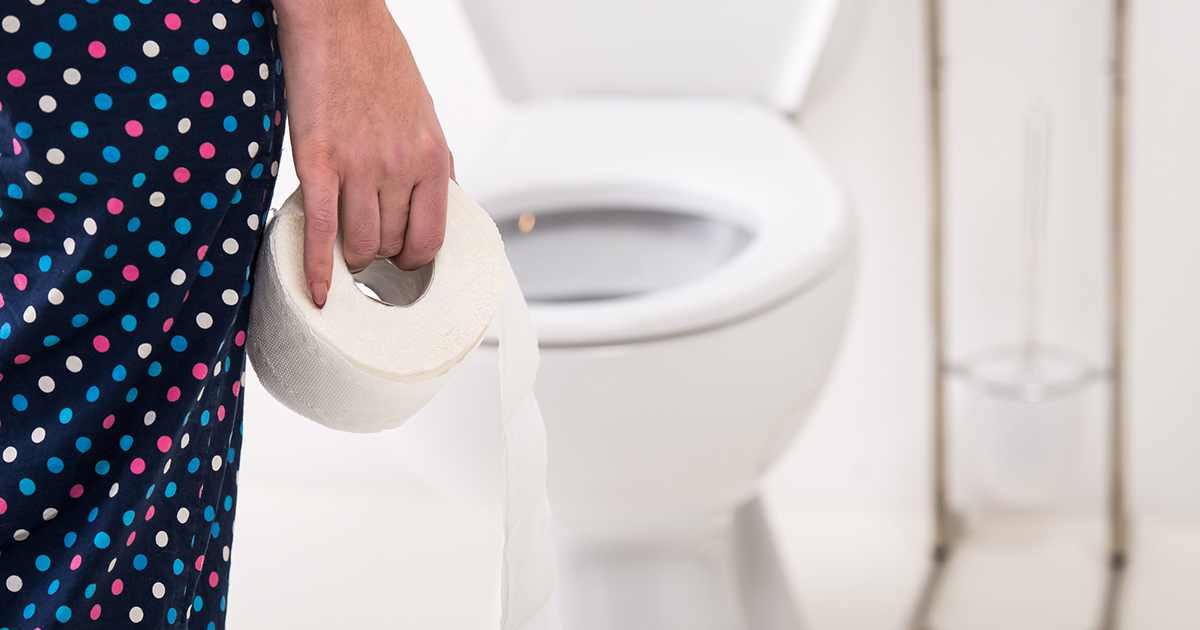Causes, Symptoms, And Treatment Of Diabetes Insipidus
Primary Polydipsia

An individual who has primary polydipsia can develop a type of diabetes insipidus called dipsogenic diabetes insipidus as a complication. Primary polydipsia is the medical term used to describe an individual who experiences a sensation of extreme thirst on a consistent basis, all day and every day. As a result of this continuous sensation, the patient inappropriately consumes an excessive amount of fluids. Drinking excessive amounts of fluids leads to an abnormally large volume of very diluted urine to be excreted. When the hypothalamus is unable to regulate an individual's thirst properly, the water balance in the body cannot be adequately controlled or managed. This type of condition can be caused when the thirst regulating mechanism the hypothalamus is responsible for becomes physically and or functionally damaged. Certain mental illnesses have been known to trigger primary polydipsia that leads to the development of dipsogenic diabetes insipidus. Most mental illnesses that result in primary polydipsia are different forms of schizophrenia.
Discover symptoms of diabetes insipidus now.
Polyuria

Polyuria, or an excessive output of urine, is the main symptom of diabetes insipidus. In most cases, polyuria causes an increased thirst that does not seem to be quenched no matter how much an affected individual drinks. This contributes to urine output, which is already a common symptom of diabetes insipidus. The need to urinate frequently can be disruptive to sleep and other daily schedules such as working or sitting in a classroom for several hours during the day.
Continue reading to reveal more symptoms related to diabetes insipidus now.
